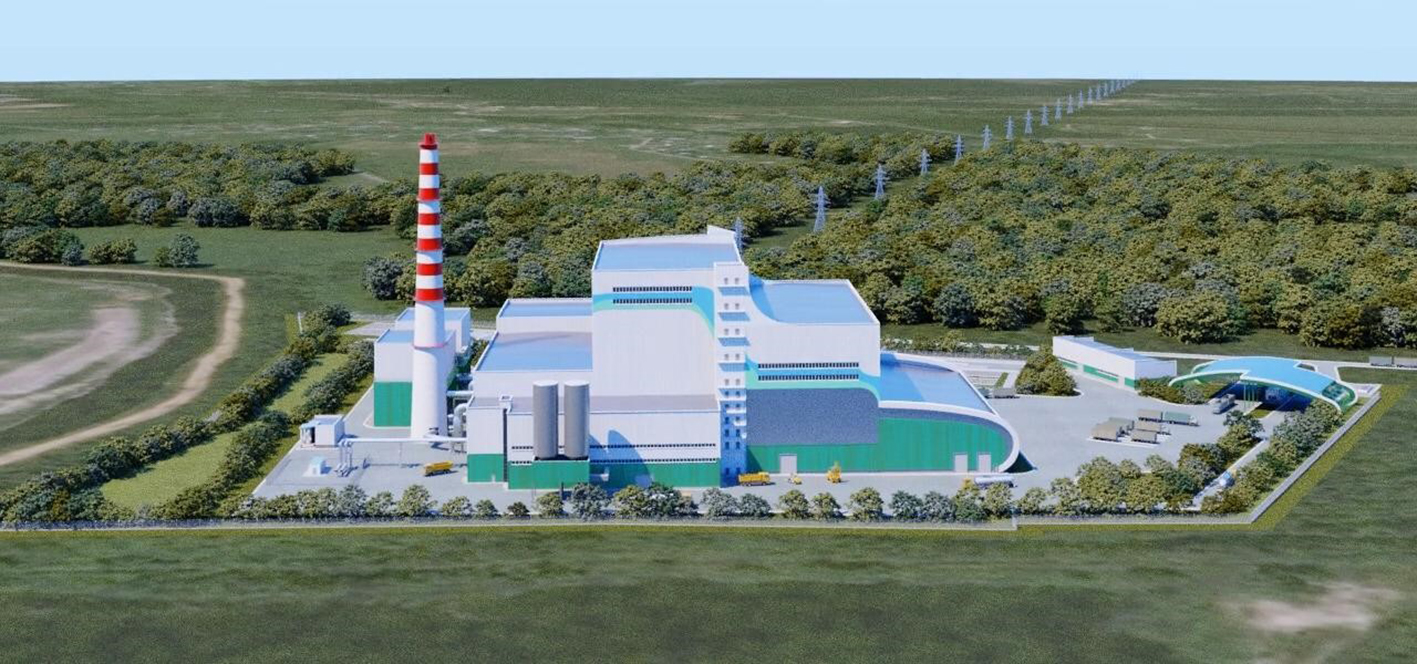
Kanadevia Inova’s Technology Supports Moscow Region’s Waste Management
Construction Starts on the Moscow Region’s Second Waste to Energy Plant
Technology company Kanadevia Inova and Russian consortium partner ZiO-Podolsk are to supply the entire technology for the new Waste to Energy plant in the Moscow region. The installation will process 700,000 metric tons of waste to generate 70 MW of electricity for the grid. This is the second plant already to be built by the consortium in the Russian capital region on behalf of Alternative Generating Company (AGC-1). Further plants are to follow.

Swiss cleantech company Kanadevia Inova and Russian consortium partner ZiO-Podolsk, a subsidiary of Atomenergomash, have received Notice to Proceed to supply the entire equipment, including the technology package, for the new Moscow region Waste to Energy (WtE) plant in the district of Naro-Fominsk, around 80 kilometres southwest of Moscow. The client is Russian plant operator Alternative Generating Company-1 (AGC-1), a subsidiary of RT-Invest.
Kanadevia Inova and ZiO-Podolsk are to deliver the entire process technology for this major project, including Kanadevia Inova’s state-of-the-art combustion and flue gas treatment systems. They are also responsible for numerous items of equipment in the balance of plant, various overarching services and monitoring processes.
The new plant is the second of a total of four WtE installations that will be built in the Moscow area in the next few years. These plants will process a total of 2.8 million metric tons a year in total, or 700,000 tons each, of municipal and commercial waste from the Russian metropolis. Additionally, each plant is to generate 70 MW of electricity for the grid, enough for around 1.5 million inhabitants.
Sustainable Alternative to Landfill
The introduction of WtE plants is part of the Green Tariff renewable energy programme launched in Russia in 2017. It’s also part of the country’s endeavours to move away from landfill towards sustainable waste management.
According to Andrei Shipelov, CEO of RT-Invest, the implementation of WtE technologies is an essential component of the integrated waste management system. “In Russia the industry is being created taking into account global best practices in sustainable development, where the priority is given to the full processing of waste into recycled materials and energy resources. Our primary goal is to achieve zero waste to landfills by 2025 in all territories where our company operates.”
Shipelov adds: “The second, equally important goal for us, is to attract and create in Russia advanced waste processing technologies with advanced localisation of equipment production. And this means tens of thousands of new highly-paid jobs, hundreds of billions of rubles of investment in the Russian industry, and sustainable export potential for the local machine-building industry for decades to come.”
Kanadevia Inova CEO Bruno Frédéric-Baudouin says: “The kind of modern WtE plants to be built under this partnership are efficient, environmentally-friendly infrastructure projects that, thanks to highly developed technology, meet and often substantially exceed the most stringent emissions requirements. We’re proud that Kanadevia Inova’s technology will be playing such an important role in these projects in the Moscow area.”
Besides contributing in terms of forward-looking waste management, the construction of the plant will also support the local economy, with a considerable portion of the scope of delivery manufactured in Russia.
Building work on the site will begin in early summer this year; initial preparations are already under way.
For more information, read the 2019 media release on the first plant.
Download media release
Download Image